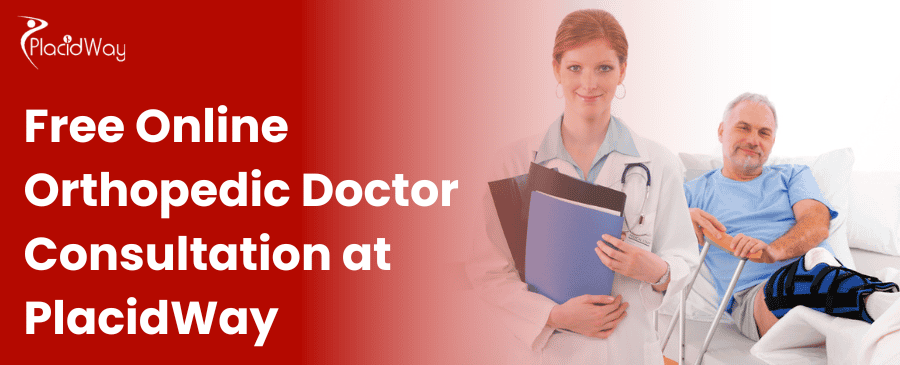
In today’s fast-paced digital world, healthcare has evolved dramatically—bringing medical expertise directly to people’s homes. PlacidWay, a global leader in medical tourism and healthcare innovation, is at the forefront of this transformation with its free online orthopedic doctor consultations.
The Rise of Virtual Consultations in Healthcare
The integration of technology has reshaped how patients connect with doctors. Virtual consultations now make it easier than ever to access medical advice—no matter where you are. For orthopedic care, this is especially valuable, allowing patients to consult with specialists worldwide and receive second opinions without the need for travel.
PlacidWay’s Innovative Approach
PlacidWay’s free online orthopedic consultations bridge the gap between patients and experienced orthopedic specialists. Through our user-friendly platform, patients can share their concerns, receive expert guidance, and gain personalized insights—all from the comfort of home. This approach eliminates geographic barriers and promotes collaboration across borders.
Experience the power of informed healthcare decisions — schedule your free online orthopedic consultation today!
Why Virtual Consultations Matter
1. Preparing Through Knowledge
Before any medical treatment, preparation and information are essential. Virtual consultations give patients the opportunity to fully understand their condition and explore treatment options. This early engagement helps patients make informed choices about their care path.
2. Empowering Patients to Decide Confidently
Knowledge is empowerment. By consulting directly with orthopedic specialists, patients can ask meaningful questions, clarify concerns, and participate actively in decision-making. This involvement builds confidence and fosters trust in their treatment journey.
3. Breaking Geographical Barriers
Virtual consultations make world-class orthopedic care accessible to everyone—especially for those living in remote or underserved areas. Patients can connect with top international specialists and gain diverse perspectives on treatment options that may not be available locally.
4. Getting Second Opinions with Ease
For complex orthopedic cases, second opinions are crucial. Virtual consultations make it simple to compare multiple expert opinions, helping patients weigh different approaches and choose the most suitable treatment plan for their needs.
5. Building Patient–Doctor Relationships Online
Even in a digital setting, strong communication can foster empathy and trust. Through open discussions, patients can share their medical history and goals, while doctors tailor their advice to each individual—creating a caring, personalized experience.
The Future of Orthopedic Consultations: A Digital Revolution
The future of orthopedic care lies in the seamless integration of medicine and technology. Virtual consultations are not just a convenience—they are a new standard in global healthcare. As innovations continue to evolve, patients can expect even more advanced diagnostic tools, real-time evaluations, and immersive virtual experiences that enhance every stage of care.
Advanced Orthopedic Treatments Abroad
Discover world-class orthopedic surgery options abroad designed to restore mobility and improve quality of life. Here are some of the most innovative technologies shaping modern orthopedics:
1. Robotic Surgery
Since the FDA approval of the da Vinci Surgical System in 2000, robotic-assisted orthopedic surgery has advanced rapidly. Benefits include:
-
Smaller incisions
-
Higher precision and consistency
-
Shorter hospital stays
-
Faster recovery
Robotic systems provide real-time 3D imaging and improved surgical navigation, resulting in greater accuracy and customized joint replacements.
2. Stem Cell & Orthobiologic Technologies
Regenerative medicine harnesses the body’s natural healing power. Orthobiologics—such as stem cells, platelet-rich plasma (PRP), and growth factors—accelerate recovery from bone fractures, tendon injuries, and joint degeneration.
Mesenchymal stem cells (MSCs) from bone marrow are especially effective, as they can regenerate and transform into various tissue types.
Conditions treated with stem cells include:
-
Ligament and tendon injuries
-
Bone fractures
-
Degenerative disc disease
-
Joint replacement support
3. Smart Sensor-Enabled Implants
Smart implants equipped with sensors provide surgeons real-time data during and after surgery—improving precision, reducing infection risk, and enhancing recovery outcomes. For example, smart knee implants help optimize joint balance during replacement procedures.
4. Innovative Surgical Techniques
Modern orthopedic surgery is moving toward less invasive and longer-lasting procedures:
-
Cement-less replacements encourage natural bone bonding.
-
Tissue-guided surgeries adapt to each patient’s anatomy.
-
Motion-preserving techniques protect flexibility in spine and disc surgeries.
-
Minimally invasive methods require only 2 cm incisions—reducing recovery time and scarring.
5. 3D Printing Solutions
3D printing enables custom surgical guides and implants, enhancing precision and improving bone-to-metal integration. This technology shortens surgery times and leads to more stable, patient-specific outcomes.
6. Advanced Imaging and Navigation
3D and intraoperative imaging systems allow surgeons to plan and execute procedures with unmatched precision. These tools improve safety, reduce surgical time, and enhance long-term patient results.
Empowering Patients Through Knowledge and Access
Virtual consultations are revolutionizing healthcare—offering accessibility, confidence, and collaboration. PlacidWay’s free online orthopedic consultations demonstrate how digital innovation can make informed, patient-centered care a reality for everyone.
Take the first step toward better orthopedic health. Contact us today to learn more about our treatments and free online consultations!

.png)
.png)
.png)
.png)


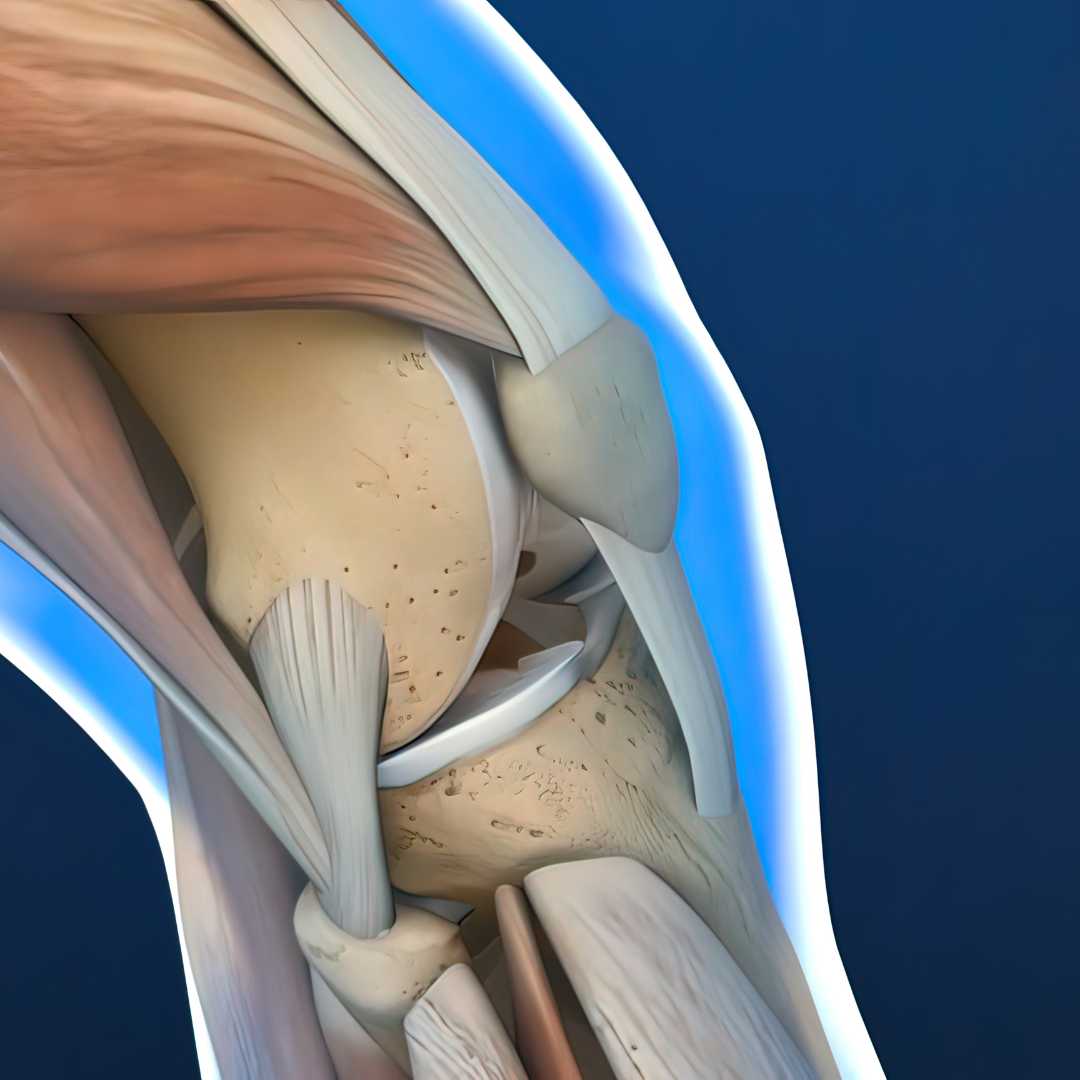
.png)

.png)
.png)
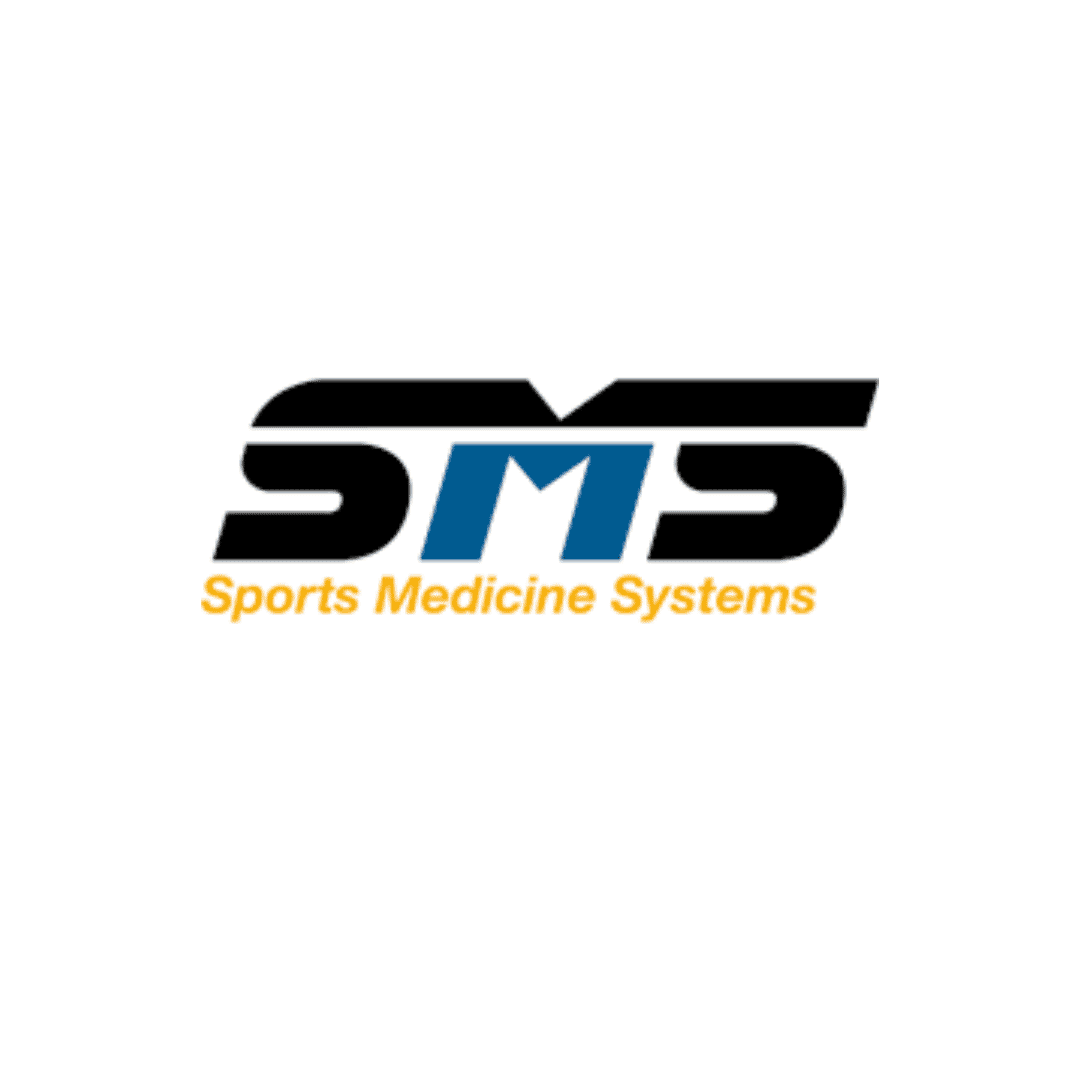
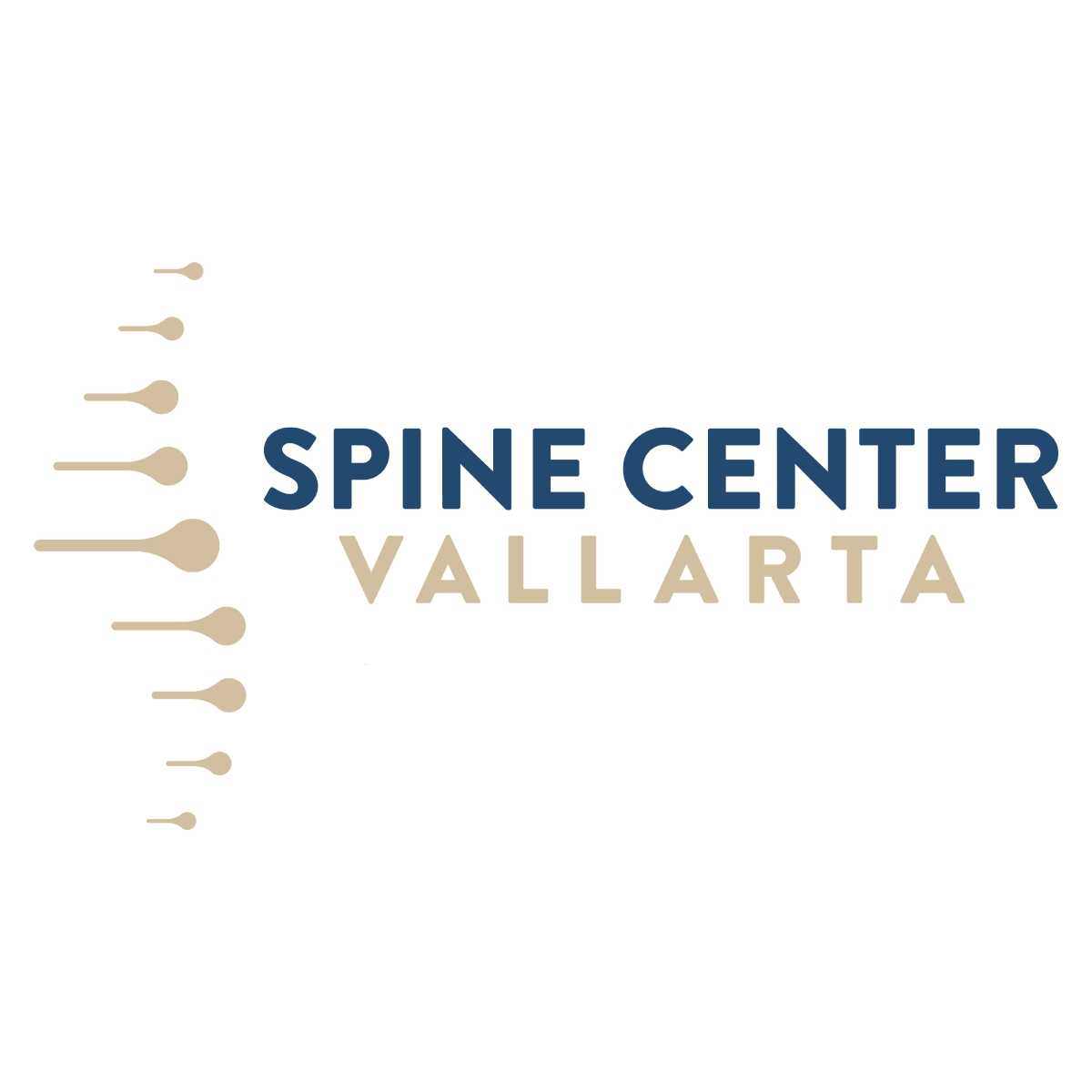

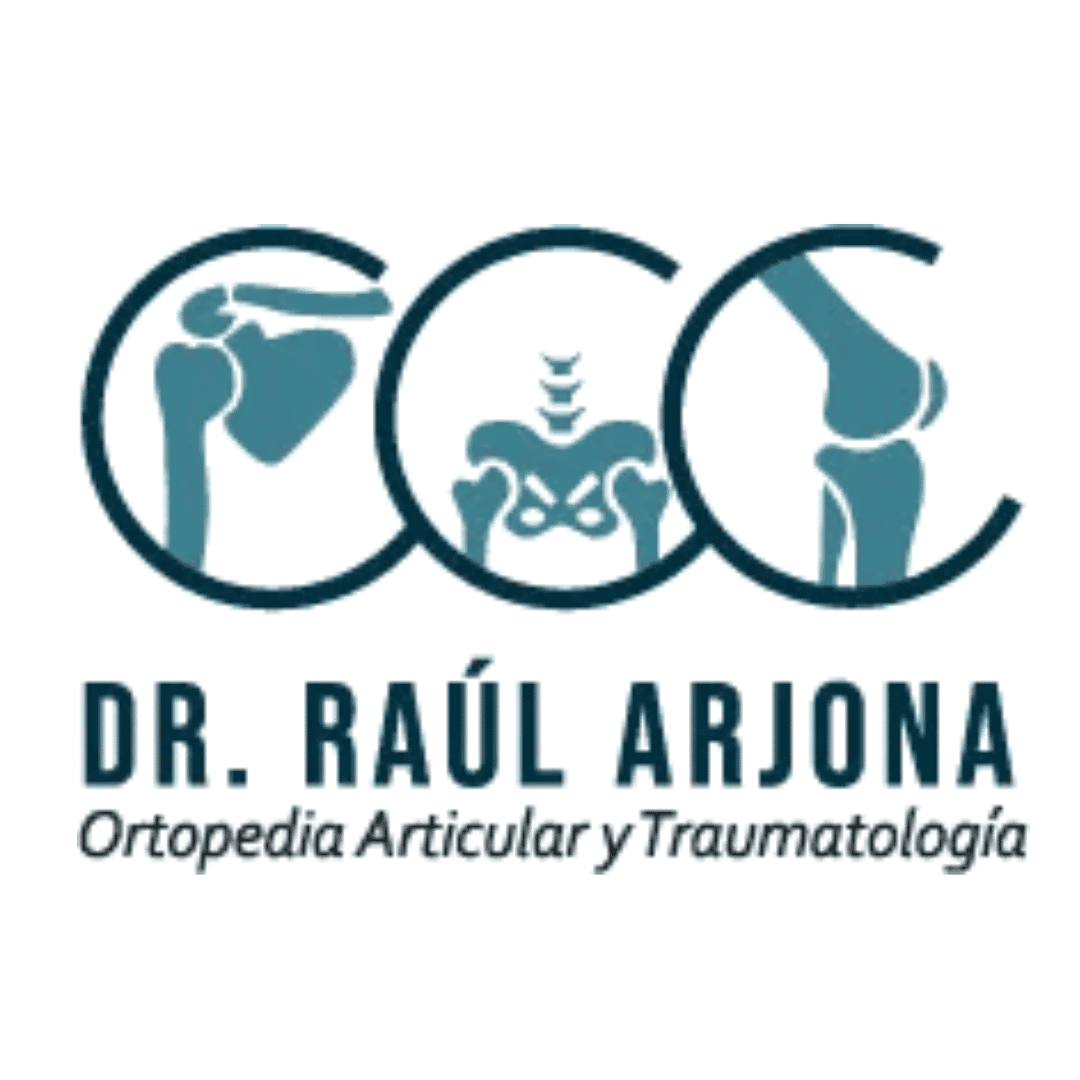
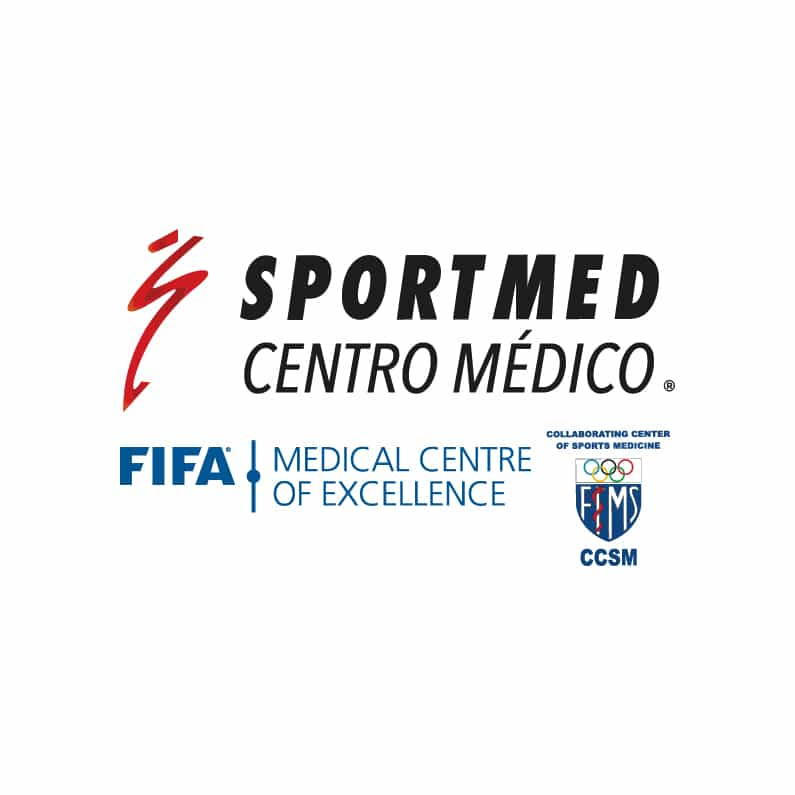

Share this listing